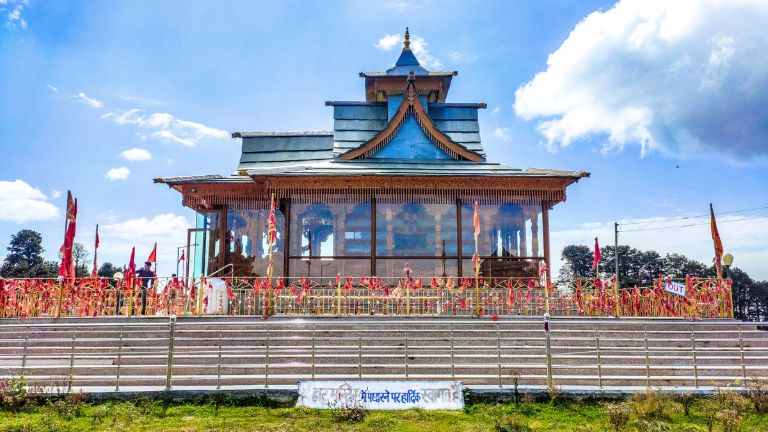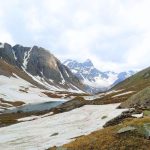Even if you’re looking for a romantic trip or a chance to get away from your daily grind, Hatu Peak Narkanda, Himachal Pradesh has it all. With the increasing number of tourists visiting each year, it’s disheartening how a quiet escape has become a distant possibility. However, this magical state still has hidden gems and secrets and options, just waiting to be discovered by travelers willing to travel a few hundred miles further! We’ve all heard of Shimla, but it’s worth looking beyond it because the pristine Hatu Peak Narkanda is only a short distance away. Hatu Peak is a stunning destination that is both serene and unspoiled, with many surprises for the intrepid traveler.
The Hatu Peak, located about 70 kilometers from Shimla, is a lesser-known, more tranquil, and almost paradisiacal location. It amazes nature lovers with stunning views, surrounded by towering mountains, studded with sweeping landscapes, and decorated with fir, maple, and cedar. It is the highest peak in the Narkanda region, with Hatu’s peak height being 12000 feet above sea level and enjoying pleasant weather all year. Walkthrough the lush green alpine and be enthralled by the breathtaking scenery.
Information– Hatu Peak Narkanda
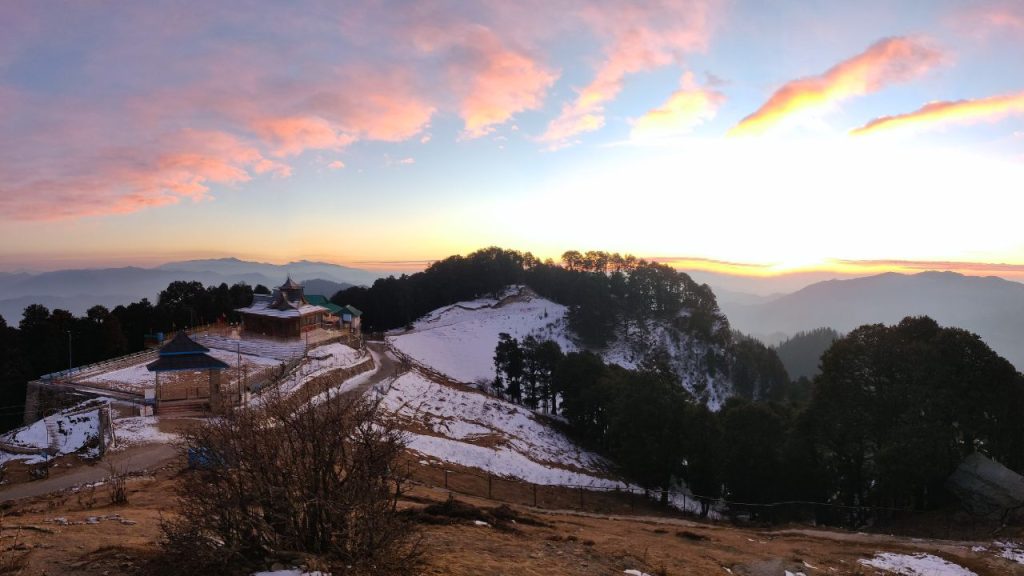
The 7 km extension to Hatu Peak is an easy trekking trail with beautiful orchards and spectacular views of nature. Hatu Peak is one of the beautiful places to visit near Shimla for a family vacation or a weekend getaway with friends. Kacheri, Narkanda town, apple orchards, and snow-capped peaks surround the area, making it a popular tourist destination.
The peak can be reached on foot, by bike, or by car. The verdant views of the surrounding mountains and the Hatu Mata temple grace the travelers with their majestic presence at the top of the peak. The 7-kilometer trek from Narkanda Temple to Hatu Peak takes about 3 hours.
When is the best time to visit Hatu Peak Narkanda?
The Hatu peak temperature is cool and pleasant for most of the year. Because the arrival of winter brings colder temperatures, you should get enough winter clothing to keep warm during your visit. The months of April to October are thought to be the best for visiting Hatu. Hatu Peak’s summer temperature ranges from 8 to 20 degrees, while the winter temperature drops to -10 degrees.
How do you get to Hatu Peak?
- By Plane:
The closest airport to Shimla is Jubbarhatti Airport, 23 kilometers south of the city. The rest of the distance can be traveled by car.
- Rail Travel:
The nearest rail station is Shimla, well-connected to other major cities. From Shimla, you can take the famous Shimla Kalka toy train.
- By Car:
Narkanda is located halfway between Shimla and Rampur. It takes almost 2.5 hours to cover the 62 km distance. Shimla to Rampur is served by government buses, costing around 70 dollars. There are also private taxis available, which cost around INR 1,500.
Hatu Peak Trek
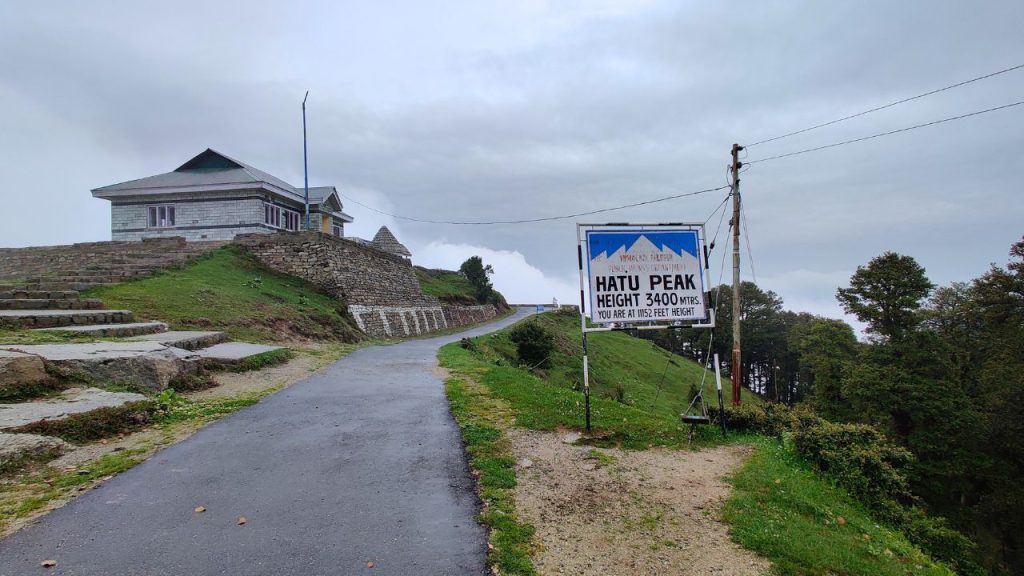
Hatu Peak Trek is a relatively easy hike that is most popular in the early summer. The trek takes you through steep curves, muddy paths, and hairpin bends in the Himalayan alpine. The tour is made even more enjoyable by the stunning mountain views and snow-covered trails (only in the winter).
Hatu Peak Trek can be completed in a single day. It takes about 7 hours to cover 14 kilometers (to & fro). Narkanda serves as the trek’s starting point.
The trek’s beginning point. As simple as it is, the path leads to lush views and captivating landscapes! A snow-covered path leads to Hatu Peak’s summit! The scenery is stunning.
Why is it necessary to go to Hatu Peak Narkanda?
If you are in Hatu peak Narkanda and have not visited the Hatu peak, you miss out on one of the essential travel opportunities. This trek will provide you with the same experience as trekking through the Himalayan forest, but on a smaller scale.
Deodar, cedar, fir, spruce, and other coniferous trees surround the area.
The Hatu peak Trek is not even a day trip, taking no more than 3 hours to go up and back through the Himalayan apple orchards.
You can drive up the hill in your vehicle, but that is not the best way to appreciate the area’s natural beauty. The best way to complete this trek is to walk.
Summer is the best time to trek on the Hatu peak because the path is relatively easy to follow uphill. Apart from the climb, the view from the top is breathtaking, completely enthralling you.
The Hatu peak, on the other hand, is only beautiful in the winter. The snow-covered trees and the blanket of snow covering the path will provide you with various experiences.
Famous Tourist Attractions Surround That Peak
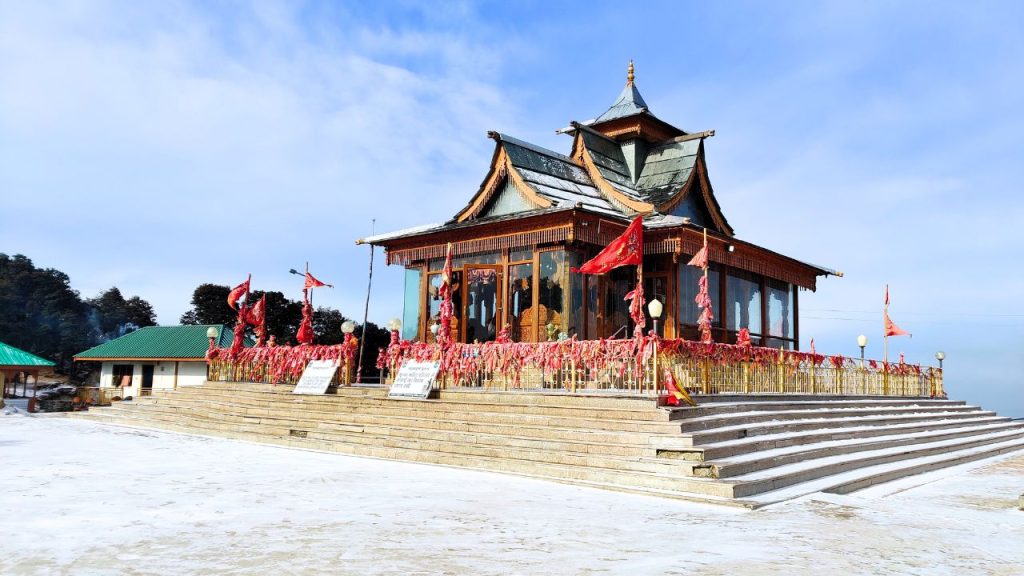
Around Hatu Lake, a few popular attractions are just as beautiful as the summit. Even though the entire journey to Hatu is an adventure, there are a few places worth visiting. Spend a day visiting these locations, and you’ll be delighted with the overall experience. Don’t miss out on these 5 top Hatu Peak attractions!
- Hatu Mata Temple
When you reach the summit of this trek, you will arrive at the Hatu Mata temple. According to legend, this is where the Pandavas cooked their meals during their exile. Near the temple, the ‘BheemaChulha’ can be seen.
Reaching the temple at the end of the trek is a relieving and soothing experience. Many bikers can be seen here as they come to seek God’s blessings and take in the breathtaking panoramic view from the temple. The Hatu Mata Temple, made of wood and sits atop the peak, is one of the most famous religious sites. The temple’s 360-degree views of the surroundings are truly breathtaking.
- Tani Jubbar Lake
The Tanni Jubbar Lake, a beautiful natural attraction near Hatu Peak, is surrounded by trees. When visiting the Narkanda region, the oval-shaped lake is a must-see.
- Mahamaya Temple
You can meditate and worship at the goddess Kali’s temple. The temple, 7 kilometers from Narkanda, offers breathtaking views of the surrounding area.
- Stokes Farm
The apple farm near Narkanda is well-known for its beautiful apple orchard. Take a memorable walk across the farm and marvel at nature’s splendor.
When Should You Climb at Hatu Peak Narkanda?
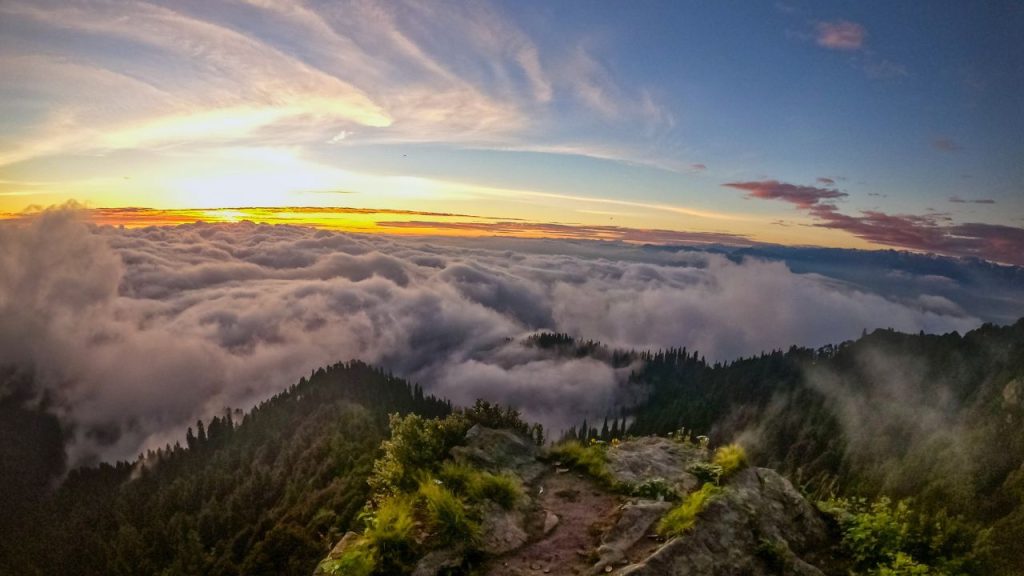
This area is accessible throughout the year, but proper precautions (drinking water) should be taken because, During the ascent, it is not easily accessible. In the winter, this area is a small ski area, so expect snow. The trail, however, is not steep enough to necessitate crampons at any point. Winter ascents (in December/January) will be pretty cold, so proper gear should be worn to deal with the temperatures for the season. There is a lot of wind across the ridgeline during the summer months, so if you get cold quickly, a light windbreaker might help.
Other Information
There are a few rock climbable structures along the way, and it’s only a short distance to the top. beneath the peak, but there are not enough steep faces on the peak itself to allow a rock climbing ascent to the top proper. There appears to be some rock climbing potential in this area.
Other Nearby Attractions
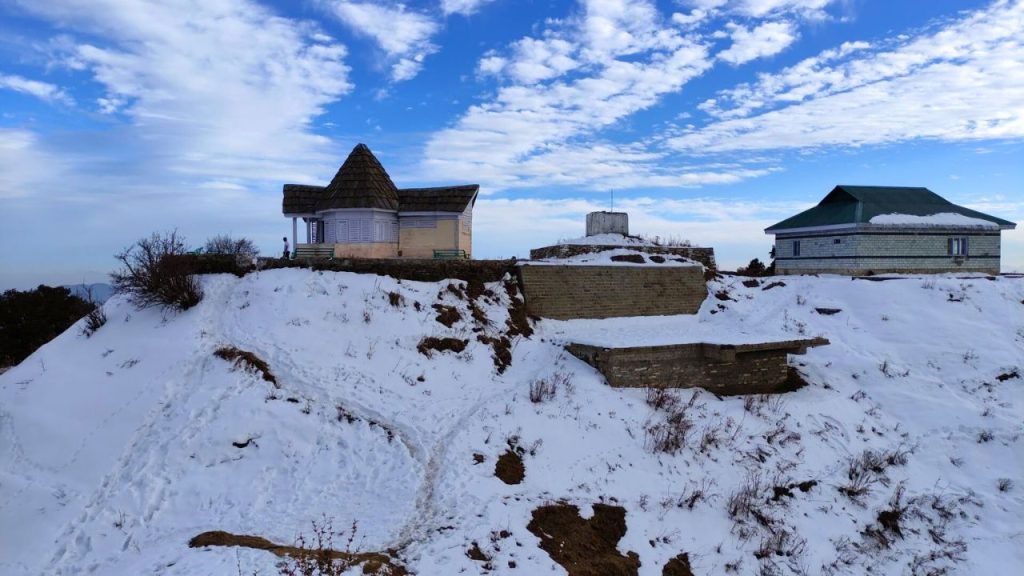
Himachal is known for its apples and the Hatu peak and skiing slopes. Visit the Stokes Farm in Thanedar, which is close by. This is the exact location where apple farming began and has grown since then.
Since then, delicious apples have been grown on this farm, which Samuel Stokes from America founded in the 18th century. If you haven’t gotten the chance to visit Narkanda, visitors should do so as soon as possible!
F&Q’s Hatu Peak
Is Hatu Peak trek difficult?
Hatu Peak is a popular trekking destination for many because of its rich landscape and breathtaking views. The hike is not particularly strenuous, and it is only a 7-kilometer round trip to the summit. In Hatu Peak, one can also go camping and sleep under the stars in a tent.
How long is Hatu Peak Trek?
The journey will take between 9 and 12 hours, depending on traffic. You can spend the next day exploring Shimla or catching one of the Narkanda buses that run every few hours.
Where is Hatu Peak located?
Hatu peak is located at an elevation of 3400 meters (11,152 feet) above sea level in Himachal Pradesh, India. A dense forest of conifers, oaks, and maples surrounds the peak. Hatu Peak, India, as seen from Narkanda. Narkanda is a village in Himachal Pradesh, India.


